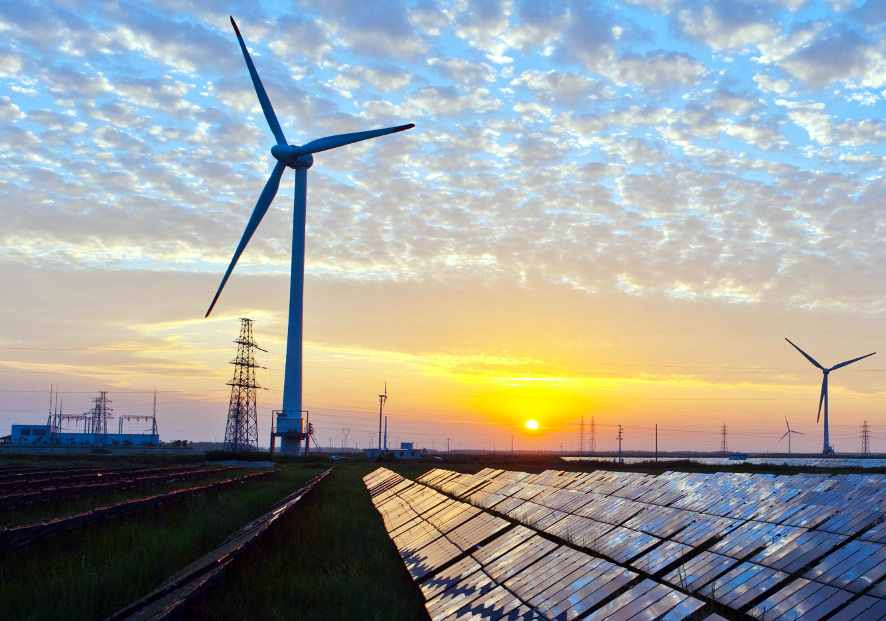India Ratings and Research (Ind-Ra) believes that wind-solar hybrid project tariffs are unlikely to match the levels seen in recent solar auctions (as low as INR1.99/kWh), at least for now.
The ratings agency said while the competitive bidding guidelines address many of the issues in such projects, technical complexities related to grid integration and inclusion of floor capacity proportion of wind projects (at least 33% of the total contracted capacity) in the hybrid mix could weigh on the developers’ project economics and tariff assumptions. As a result, the upcoming solar-wind hybrid auctions may see cautious participation from independent power producers.
On the contrary, individual renewable auctions (especially solar) are likely to garner higher interest due to developing comfort around photovoltaic technology, improvements in panel efficiency, lower volatility in the generation, increasing economies of scale, and decreasing operating costs, it added.
Curtailment risk
The tariff-based competitive bidding guidelines for grid-connected solar-wind hybrid projects, laid out by the Ministry of New and Renewable Energy during October 2020, provide must-run Status for hybrid projects and compensation at PPA tariff for any grid backdown. However, no generation compensation is applicable if backdown is on account of grid safety. This caveat keeps hybrid projects exposed to the risk of permanent loss of revenue due to grid curtailment on occasions, said India Ratings.
The agency said that renewable projects in its portfolio had not received any grid compensation payments until now (matter pending at various courts in some cases). Projects in states like Andhra Pradesh, Telangana, and Karnataka have been facing curtailments over the past couple of years without any compensation for revenue loss.
Technical factors
India Ratings said the presence of fewer independent power producers with capabilities to execute both solar and wind projects on a large scale reduces competition in hybrid auctions.
If located in the most resource-rich areas, hybrid projects at the tariffs discovered so far are likely to provide better returns than standalone solar and wind. However, commissioning and operating wind plants entail greater risk than in solar projects, given the dependency on turbine suppliers and greater volatility in generation patterns. Land and transmission-related risks are also significant for wind power plants. These risks make standalone solar projects preferable to wind and hybrid power at current tariffs, as seen in the recent auctions by the Solar Energy Corporation of India.
Simultaneously, solar projects benefit from the cheaper cost of generation, the abundance of modules and module suppliers, the less complex nature of operations, and considerably lower volatility in power generation.
This content is protected by copyright and may not be reused. If you want to cooperate with us and would like to reuse some of our content, please contact: editors@pv-magazine.com.









By submitting this form you agree to pv magazine using your data for the purposes of publishing your comment.
Your personal data will only be disclosed or otherwise transmitted to third parties for the purposes of spam filtering or if this is necessary for technical maintenance of the website. Any other transfer to third parties will not take place unless this is justified on the basis of applicable data protection regulations or if pv magazine is legally obliged to do so.
You may revoke this consent at any time with effect for the future, in which case your personal data will be deleted immediately. Otherwise, your data will be deleted if pv magazine has processed your request or the purpose of data storage is fulfilled.
Further information on data privacy can be found in our Data Protection Policy.